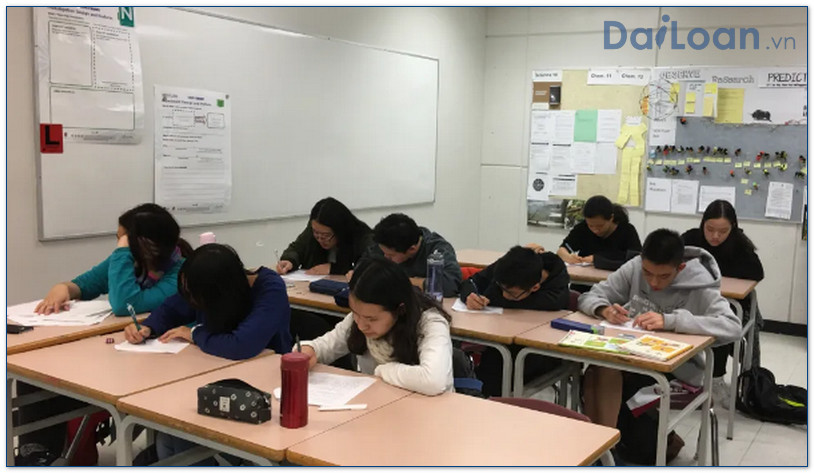Introduction to 調理 (tiáo lǐ)
In the realm of the Chinese language, the term 調理 (tiáo lǐ) holds significant importance not only in culinary contexts but also in figurative language. This article delves into the meaning of 調理, its grammatical structure, and how it is utilized in various sentences. By the end, readers will have a comprehensive understanding of this multifaceted term.
Meaning of 調理 (tiáo lǐ)
The term 調理 (tiáo lǐ) primarily means “to prepare and cook food.” However, its implications extend beyond just cooking. It can also refer to “regulating,” “arranging,” or “adjusting” in different contexts. Therefore, understanding its proper usage is essential for anyone wishing to communicate effectively in Chinese.
1. Culinary Context
In cooking, 調理 (tiáo lǐ) refers to the processes involved in preparing dishes, such as washing, cutting, and seasoning ingredients before cooking. This is a crucial skill in Chinese cuisine, which often values meticulous preparation.
2. Figurative Use
Outside of the kitchen, 調理 can also imply the act of managing or organizing processes or situations. For instance, in business, one might use 調理 to describe the management of a team’s workflow.
Grammatical Structure of 調理 (tiáo lǐ)
Understanding the grammatical structure of 調理 is vital for constructing correct sentences. Here’s a breakdown:
1. Components of the Term
- 調 (tiáo): This character means “to adjust” or “to mix.” It sets the tone for the action of regulating or balancing.
- 理 (lǐ): This character suggests a sense of order or reasoning, implying that the adjustments made are logical and structured.
2. Usage in Sentences
調理 functions as a verb within a sentence. In typical use, it would follow a subject and be accompanied by a direct object, as in many verb-object structures in Mandarin.
Example Sentences Using 調理 (tiáo lǐ)
Here are some example sentences to illustrate the use of 調理 in various contexts:
1. Culinary Sentences
- 我今天晚上要調理一道新菜。(Wǒ jīntiān wǎnshàng yào tiáo lǐ yīdào xīn cài.) – I will prepare a new dish tonight.
- 在調理食材之前,請先洗手。(Zài tiáo lǐ shícái zhīqián, qǐng xiān xǐshǒu.) – Please wash your hands before preparing the ingredients.
2. Figurative Sentences
- 這家公司需要調理內部的管理系統。(Zhè jiā gōngsī xūyào tiáo lǐ nèi bù de guǎnlǐ xìtǒng.) – This company needs to organize its internal management system.

- 他在調理會議的過程中做了很多準備。(Tā zài tiáo lǐ huìyì de guòchéng zhōng zuòle hěn duō zhǔnbèi.) – He made many preparations while organizing the meeting.
Conclusion
調理 (tiáo lǐ) is a versatile term that encompasses both culinary and figurative applications. Understanding its meaning and grammatical structure enhances not only language proficiency but also the ability to communicate in various situations. By practicing with the example sentences provided, learners can confidently integrate 調理 into their vocabulary, enriching their conversations in both personal and professional contexts.

Sứ mệnh của Chuyên là giúp đỡ và truyền cảm hứng cho các bạn trẻ Việt Nam sang Đài Loan học tập, sinh sống và làm việc. Là cầu nối để lan tỏa giá trị tinh hoa nguồn nhân lực Việt Nam đến với Đài Loan và trên toàn cầu.
CÓ THỂ BẠN QUAN TÂM
Du học Đài Loan
Lao Động Đài Loan
Việc Làm Đài Loan
Đơn Hàng Đài Loan
Visa Đài Loan
Du Lịch Đài Loan
Tiếng Đài Loan
KẾT NỐI VỚI CHUYÊN
Zalo: https://zalo.me/0936126566
Website: www.dailoan.vn




